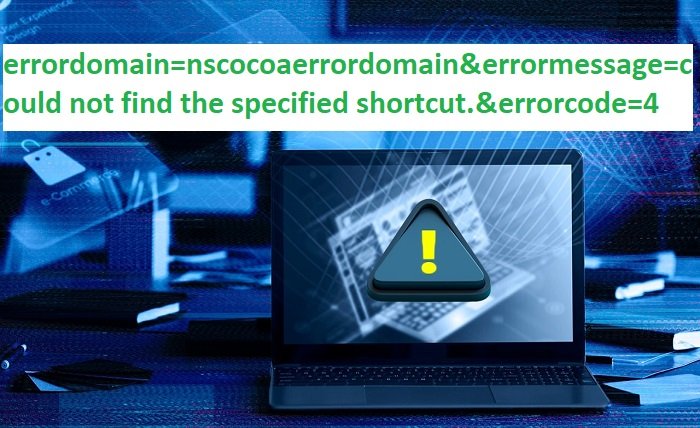Introduction
Encountering a Google Error 500 can be a frustrating experience for both web developers and users. This error indicates a generic server-side issue, which means the problem doesn’t stem from the client side but from the server hosting the website. Understanding the nuances of Google Error 500 is crucial for anyone involved in web management or development. This comprehensive guide will delve into the causes, diagnostics, and solutions for handling Google Error 500 effectively.
What is Google Error 500?
Google Error 500, also known as the “Internal Server Error,” is a common yet perplexing issue faced by web administrators and users. It suggests that the server encountered an unexpected condition that prevented it from fulfilling the request. This error is particularly challenging because it provides no specific clues about what went wrong, leaving troubleshooting to the expertise of IT professionals.
Common Causes of Google Error 500
Identifying the causes of Google Error 500 is the first step in resolving the issue. Common triggers include corrupted .htaccess files, permission errors, exhausted PHP memory limits, and malfunctioning third-party plugins or scripts. Each of these issues can disrupt server operations, leading to an Internal Server Error.
Diagnosing Google Error 500
Effective troubleshooting of Google Error 500 begins with a thorough diagnostic process. Reviewing server logs is essential as they can provide insights into what happened at the time the error occurred. Tools such as cPanel’s Error Log or debugging software can also be invaluable in pinpointing the exact source of the problem.
Fixing .htaccess Issues
A corrupt .htaccess file is a frequent culprit behind Google Error 500. Repairing or replacing your .htaccess file can often quickly resolve the issue. This involves accessing your server via FTP, finding the .htaccess file, and ensuring that the code within is correct and properly formatted.
Increasing PHP Memory Limit
Another common solution to overcoming Google Error 500 is increasing the PHP memory limit. This is particularly useful if your website has outgrown the default memory settings. Adjusting the memory limit within the PHP.ini file or through your WordPress dashboard can provide your applications with the necessary resources to function correctly.
Dealing with Permission Errors
Incorrect file or directory permissions can also lead to a Google Error 500. Ensuring that permissions are set correctly—typically 644 for files and 755 for directories—is crucial. Adjusting these settings through FTP can help restore your site’s functionality.
Addressing Plugin or Theme Conflicts
Plugin and theme conflicts are frequent sources of Google Error 500, especially on platforms like WordPress. Deactivating all plugins and reverting to a default theme can help determine if a specific addition to your site is causing the server error. Once identified, you can replace or update the problematic plugin or theme.
Server Overload and Its Management
Sometimes, Google Error 500 is simply due to server overload. If your website is hosted on a shared server, high traffic on another site can impact your own. Upgrading to a higher-capacity hosting option like a virtual private server (VPS) or dedicated server may be necessary to handle increased traffic and resource demand.
Contacting Your Hosting Provider
If all else fails, contacting your hosting provider can be the next best step. Since Google Error 500 is a server-side issue, your host may have additional insights or solutions. They can check more detailed server logs that are typically not accessible to users and can perform system-wide checks to diagnose the issue.
Preventing Future Google Error 500 Issues
Preventive measures are vital to avoid recurring Google Error 500 errors. Regular maintenance, such as updating software, backing up data, and monitoring server performance, can help minimize the chances of this error. Employing a robust monitoring tool that alerts you to server issues in real time can also be highly beneficial.
The Impact of Google Error 500 on SEO and User Experience
Long-term occurrence of Google Error 500 can negatively affect your site’s SEO and user experience. Search engines penalize sites with frequent server errors, and users are less likely to return to a site that isn’t reliably accessible. Thus, prompt and effective resolution of these issues is crucial for maintaining your website’s reputation and search engine ranking.
Conclusion
While Google Error 500 can be daunting, understanding its common causes and solutions can empower you to resolve the issue quickly. By diagnosing the problem accurately and applying the right fixes, you can restore your website’s functionality and ensure a smooth user experience. Remember, proactive server management and regular maintenance are your best defenses against this and other server-related issues.
FAQs
Q1: Can Google Error 500 fix itself? Occasionally, a Google Error 500 may resolve on its own if it was caused by a temporary server overload. However, it’s important not to rely on this and to investigate potential persistent causes.
Q2: How long does it typically take to fix a Google Error 500? The time it takes to fix Google Error 500 can vary widely depending on the underlying cause. Simple issues might be resolved in a few minutes, while more complex problems could take hours or even days.
Q3: Does Google Error 500 affect my website’s data? Google Error 500 typically doesn’t result in data loss, but it can prevent users from accessing your website, which might affect data transactions that were in progress.
Q4: Should I be worried if I see Google Error 500 occasionally? Occasional Google Error 500 errors aren’t typically a concern; they can happen due to temporary server issues. However, if the error occurs frequently, it’s crucial to investigate and resolve the underlying causes.
Q5: Can updating my site cause Google Error 500? Yes, updates to your site can lead to Google Error 500 if they introduce incompatible software or corrupt existing files. Always ensure compatibility and back up your site before performing updates.





